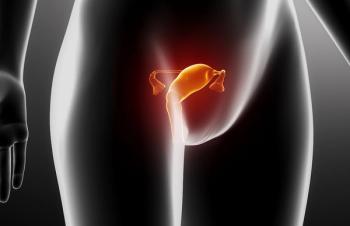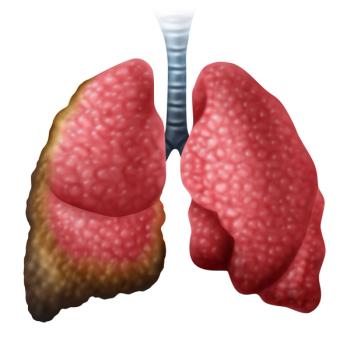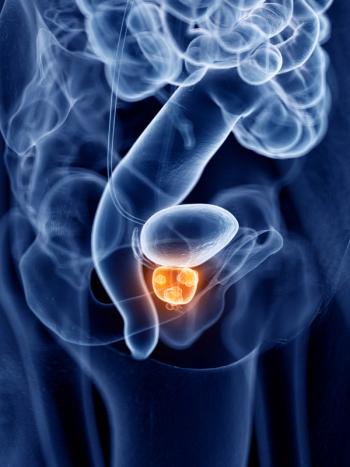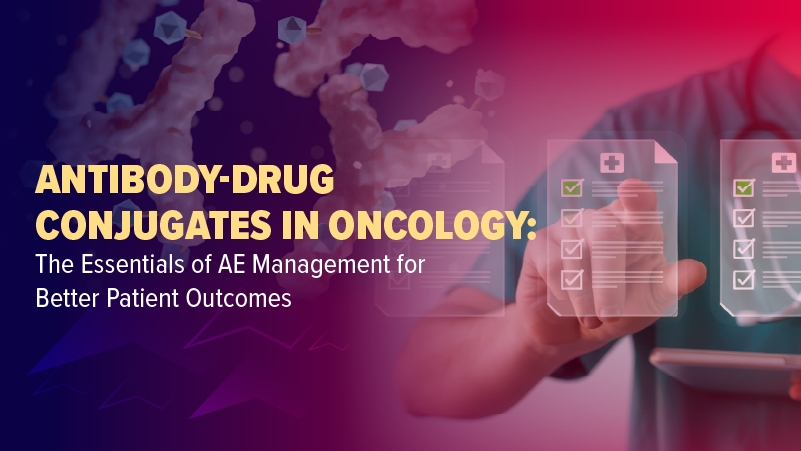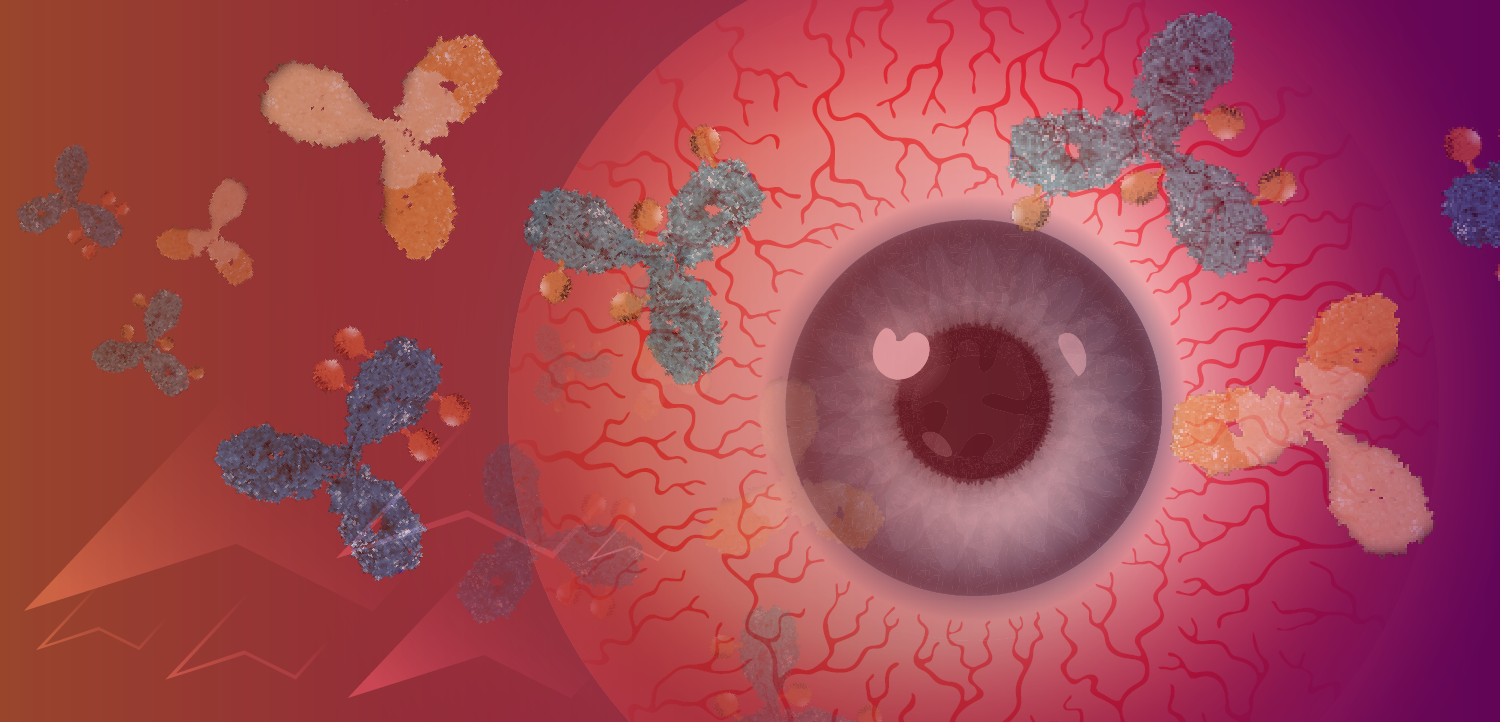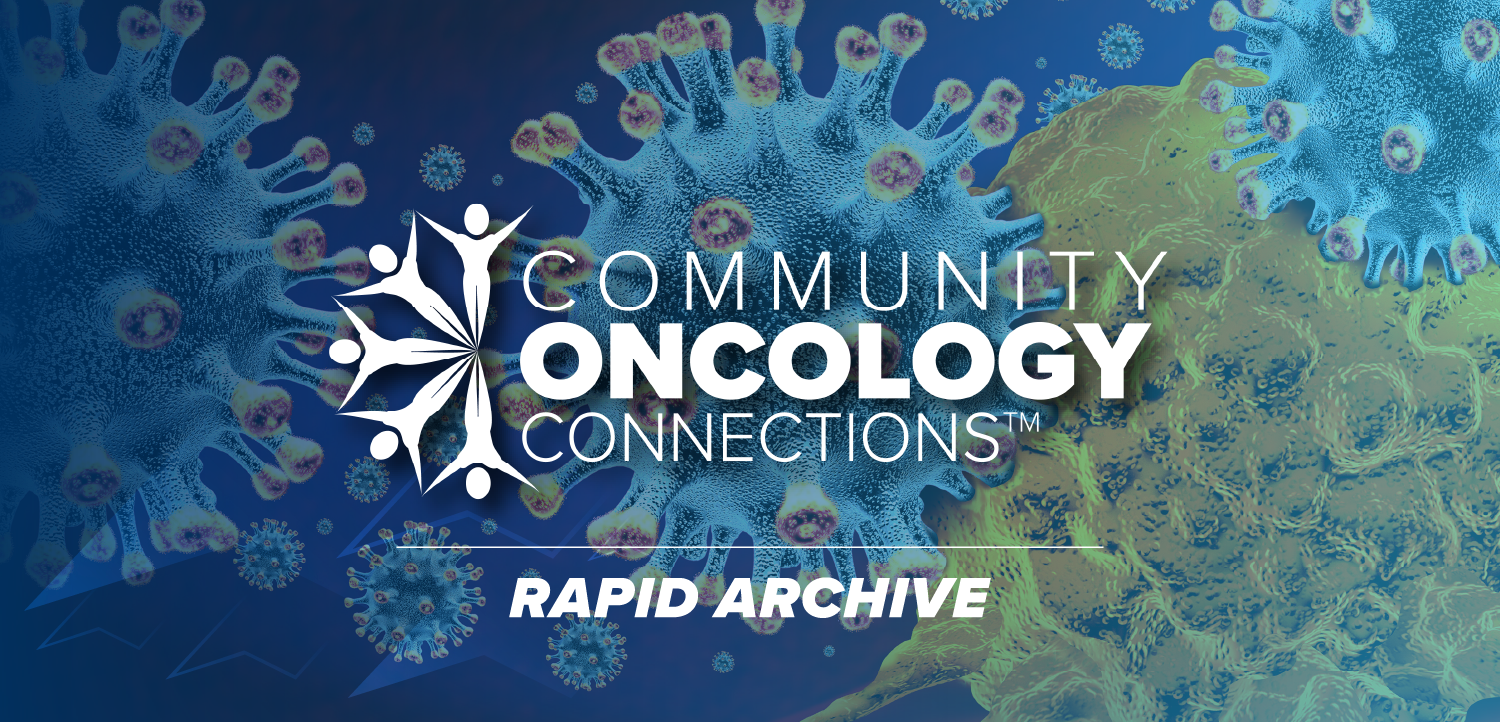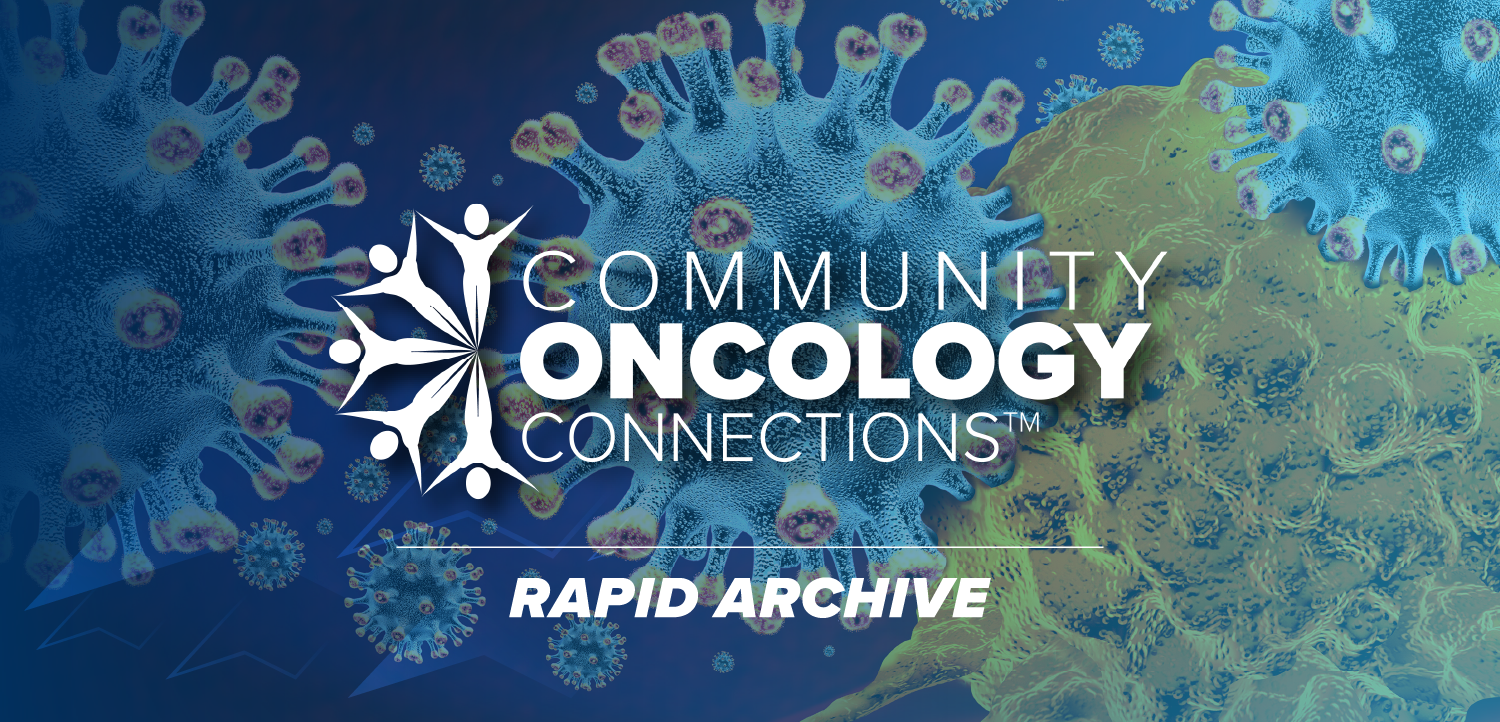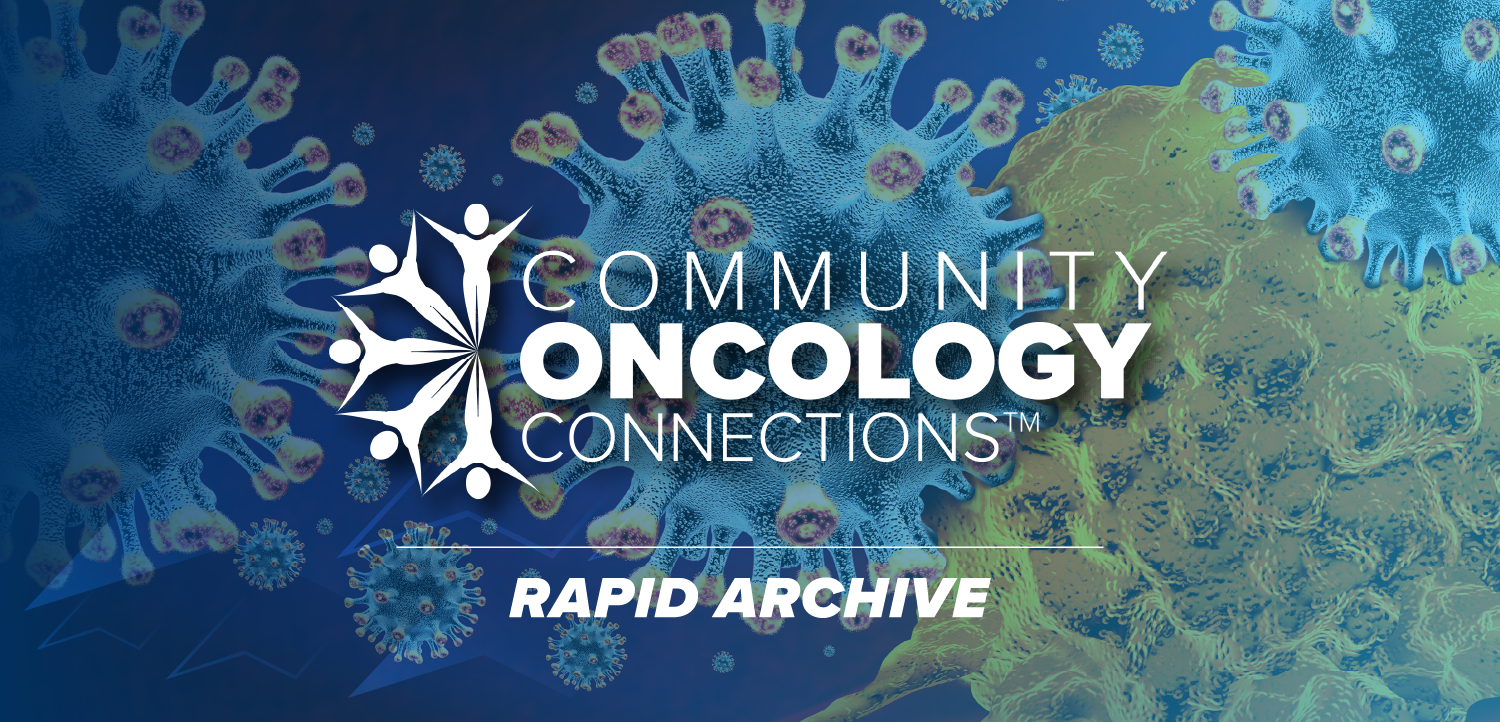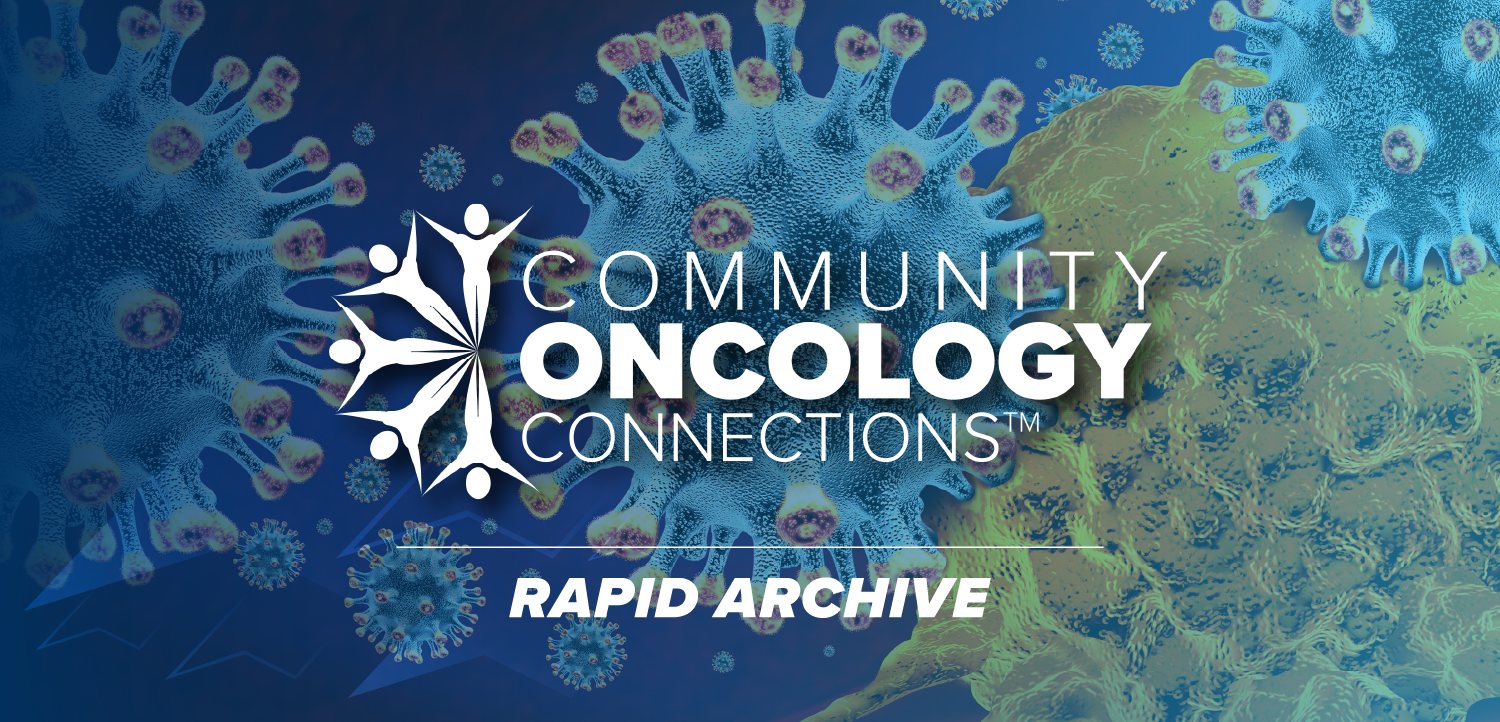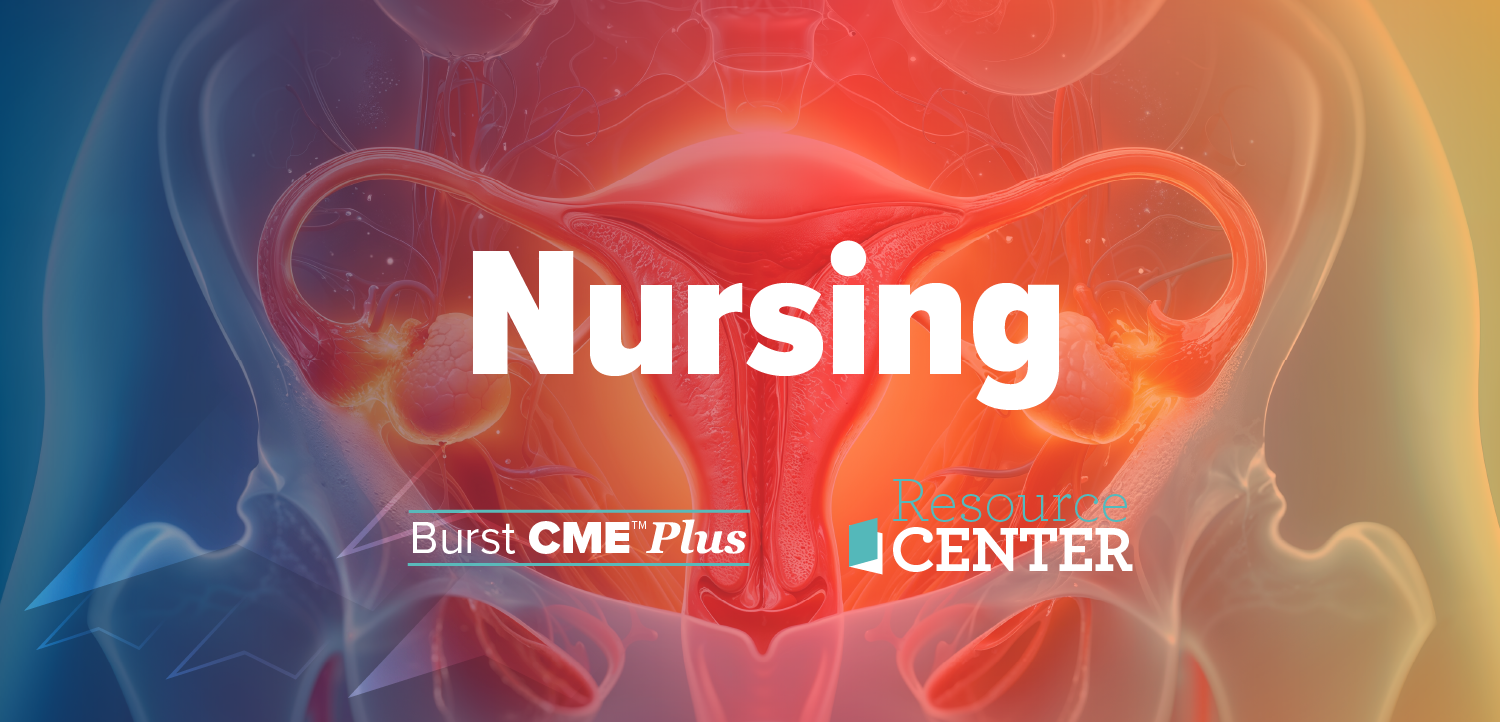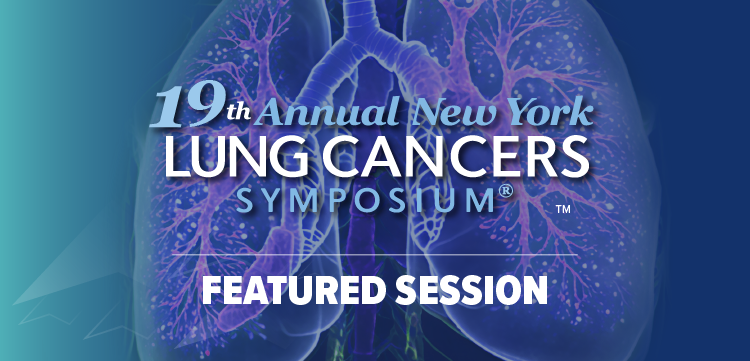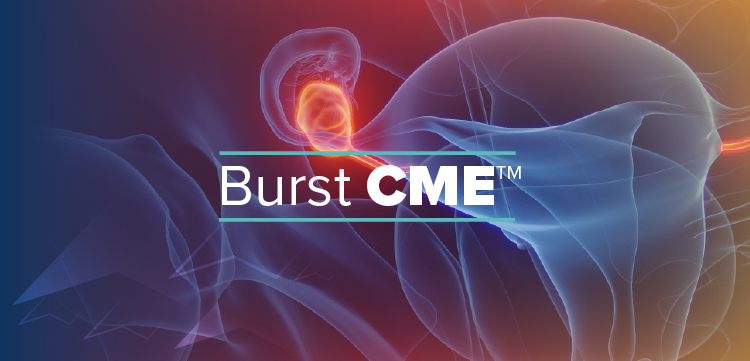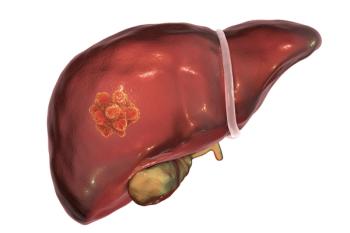
Young Age Appears Predictive of Relapse in High-Risk Stage III Colorectal Cancer
Despite having a good rate of treatment adherence, patients who are diagnosed with high-risk stage III colorectal cancer at a younger age may have higher rates of relapse.
Young age could be a negative prognostic factor associated with a high risk of relapse in high-risk stage III colorectal cancer (CRC) despite positive treatment adherence and high treatment intensity, according to a study published in the Journal of Clinical Oncology.
Patients with early-onset CRC had 3-year relapse-free rate of 54% compared with 65% for those with later-onset CRC (HR, 1.33; 95% CI, 1.14-1.55; P <.001). The 5-year cancer specific mortality rate was 24% in the early-onset CRC group and 20% in the later-onset CRC group (HR, 1.21; 95% CI, 1.00-1.47; P <.06).
A total of 16,349 patients were enrolled into 6 clinical trials, of whom 1564 had early-onset CRC and 14,785 had later-onset CRC. Patients in the early-onset group were mostly male, had a performance status of 0, distal low-grade tumor, and a higher number of lymph nodes. A total of 14,518 patients were included in the analyses, including 1311 in the early-onset CRC group and 13,207 in the later-onset CRC group. Among those who received 6 months of oxaliplatin and capecitabine (CAPOX), 76% patients in the early-onset CRC group reached the full therapy duration compared with 65% of older patients (P <.001). The difference was not as significant for those receiving 3 months of treatment (89% vs 87%; P = .06) with CAPOX and CAPOX with infusional flouracil, leucovorin, and oxaliplatin (93% vs 92%; P = .03).
Grade 3 or higher adverse effects were observed in 36% of the early-onset CRC group and 39% of those in the later-onset CRC groups. In the early-onset group, 1 patient died vs 16 in the later-onset group. A total of 62% of patients in the early-onset CRC group experienced nausea and vomiting vs 69% (P <.001). Febrile neutropenia was also observed (1.4% vs 2.8%) in the early-onset and later-onset CRC groups.
At the median follow-up of 69 months in the early-onset CRC group and 72 months in the later-onset CRC group, the disease-free survival (DFS) was 76% (95% CI, 73%-78%) and 78% (95% CI, 77%-79%; HR, 1.01; 95% CI, 0.91-1.13; P = .81). No significant difference in DFS was identified between patients with stage II and stage III disease. When assessing for disease relapsed only, investigators identified a lower 3-year relapse-free rate of 75% (95% CI, 72%-77%) in the early-onset group and 79% (95% CI, 78%-80%) in the later-onset CRC group (HR, 1.13; 95% CI, 1.01-1.27; P = .04).
The 5-year overall survival (OS) rate in the early-onset CRC group was 86% (95% CI, 84%-88%) compared with 83% (95% CI, 83%-84%) in the later-onset CRC group (HR, 0.84; 95% CI, 0.73-0.97; P = .02). The 5-year cancer specific mortality rate for those with stage III CRC was 15% (95% CI, 12%-17%) in the early-onset CRC group and 12% (95% CI, 12%-13%) in the later-onset CRC group (HR, 1.20; 95% CI, 1.02-1.42; P = .03).
Those in the early-onset CRC group had a lower mortality after recurrence with a median time to death of 3.2 years (95% CI, 2.7-3.8) and 2.5 years (95% CI, 2.4-2.6) in the later-onset CRC group (HR, 0.82; 95% CI, 0.71-0.96; P = .01).
Notably, age had different prognostic values based on risk group for DFS (P = .009) and OS (P <.001). The positive prognostic value of young age in stage II disease (HRs for DFS, P = .75; OS, P = .44) lessened in stage III disease (HRs for DFS, P = .92; OS, P = .73) and was reduced to negative or no prognostic value for those with high-risk stage III disease (HRs for DFS = 1.22; OS = 1.04).
The exploratory analysis found a lower 3-year DFS rate at 3 months of treatment at 81% compared with 6 months at 87% for patients with low-risk stage III early-onset CRC (HR, 1.49; 95% CI, 1.00-2.20; P <.05). Those in the high-risk early-onset CRC group had no differences observed in terms of DFS rates, which were 57% and 56%, respectively, at 3 and 6 months, (HR, 0.97; 95% CI, 0.73-1.29; P = .85).
Reference
Fontana E, Meyers J, Sobrero A, et al. Early-onset colorectal adenocarcinoma in the IDEA database: treatment adherence, toxicities, and outcomes with 3 and 6 months of adjuvant fluoropyrimidine and oxaliplatin. J Clin Oncol. 2021;39(36):4009-4019. doi:10.1200/JCO.21.02008
Newsletter
Stay up to date on recent advances in the multidisciplinary approach to cancer.


